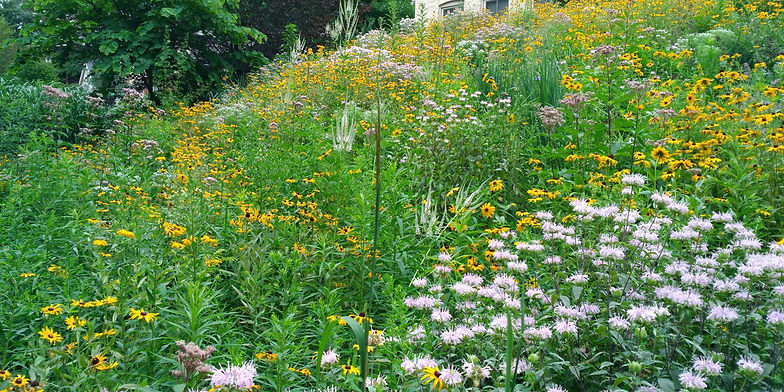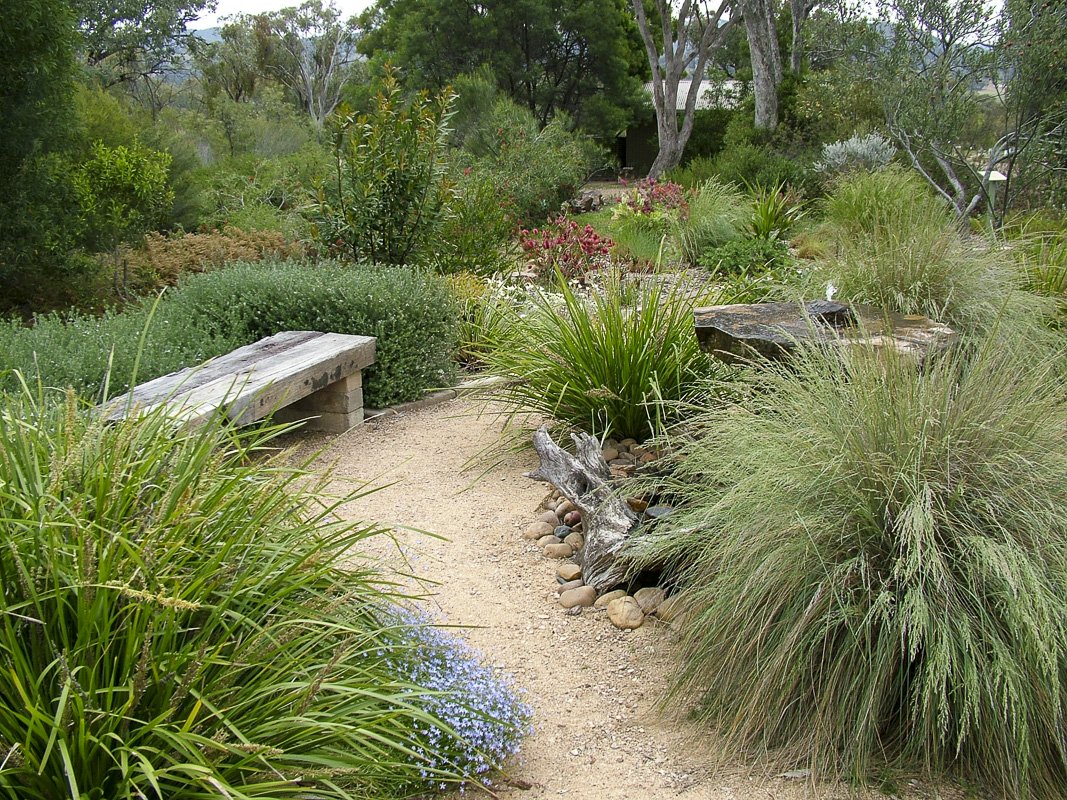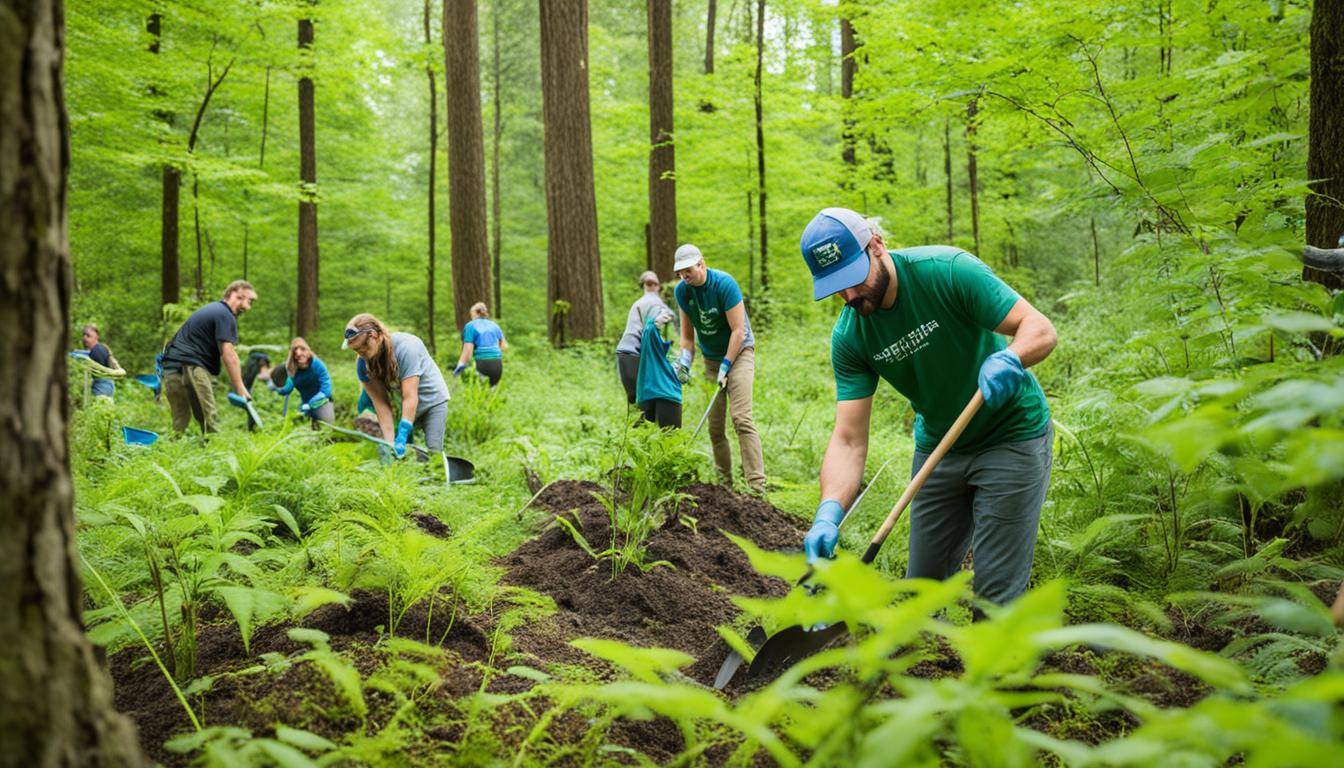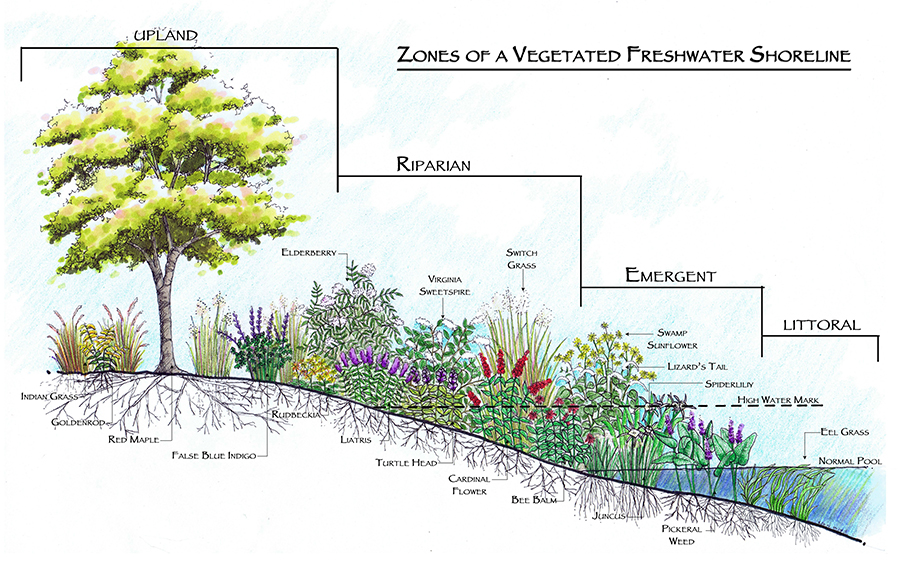
Creating Thriving Havens: A Comprehensive Guide to Pollinator Pathway Project Resources
Pollinators – bees, butterflies, hummingbirds, and countless other creatures – are the unsung heroes of our ecosystems. They play a vital role in the reproduction of plants, ensuring the fruits, vegetables, and flowers that sustain life on Earth continue to flourish. Sadly, pollinator populations are facing unprecedented challenges due to habitat loss, pesticide use, climate change, and disease. In response to this crisis, the Pollinator Pathway Project has emerged as a powerful, grassroots movement, connecting fragmented habitats and creating corridors of pollinator-friendly landscapes. This comprehensive guide delves into the resources available to individuals, communities, and organizations eager to participate in this crucial initiative.
Understanding the Pollinator Pathway Project
The Pollinator Pathway Project is more than just planting flowers; it’s about creating a network of interconnected habitats that provide pollinators with food, shelter, and safe passage. These pathways can range from small urban gardens to sprawling rural landscapes, each contributing to a larger mosaic of pollinator-friendly spaces. The core principle is to link existing habitats, such as parks, forests, and nature preserves, with smaller patches of pollinator-friendly plantings in residential yards, community gardens, and along roadways. By creating these corridors, pollinators can move more freely, access diverse food sources, and find suitable nesting sites.
The project operates on the understanding that even small actions, when aggregated across a community, can have a significant impact. It’s a decentralized, collaborative effort that empowers individuals and local groups to take ownership of pollinator conservation. The movement emphasizes the use of native plants, which are best suited to local pollinator species and provide the most nutritious food sources. It also promotes the reduction or elimination of pesticide use, which can be harmful to pollinators.
Essential Resources for Starting a Pollinator Pathway
1. Educational Materials and Guides
Knowledge is the foundation of any successful conservation effort. Numerous organizations offer educational materials and guides to help you understand the needs of pollinators and how to create suitable habitats. These resources cover a wide range of topics, including:
- Pollinator Identification: Learning to identify different pollinator species is crucial for understanding their specific needs. Guides often include detailed descriptions, photographs, and information about the plants they prefer.
- Native Plant Selection: Choosing the right plants is essential for providing pollinators with the food they need. Native plants are adapted to local climates and soils and are often more attractive to pollinators than non-native species. Guides typically include lists of recommended native plants for different regions, along with information about their bloom times and growing conditions.
- Habitat Design: Creating a pollinator-friendly habitat involves more than just planting flowers. It also includes providing nesting sites, water sources, and shelter from the elements. Guides offer tips on how to design a habitat that meets the diverse needs of pollinators.
- Pest Management: Reducing or eliminating pesticide use is crucial for protecting pollinators. Guides provide information about alternative pest management strategies, such as using beneficial insects and practicing good gardening hygiene.
Some excellent sources of educational materials include:
- The Xerces Society: A non-profit organization dedicated to invertebrate conservation, the Xerces Society offers a wealth of information about pollinators, including guides to native plant selection, habitat design, and pest management.
- The Pollinator Partnership: This organization provides resources for creating pollinator gardens, including regional planting guides and information about pollinator-friendly practices.
- Local Native Plant Societies: Many states and regions have native plant societies that offer information about native plants and their benefits to pollinators.
- University Extension Services: These services provide research-based information about gardening, landscaping, and pest management.
2. Native Plant Nurseries and Seed Suppliers
Sourcing native plants can sometimes be a challenge, but there are a growing number of nurseries and seed suppliers that specialize in native species. When selecting plants, it’s important to choose those that are appropriate for your local climate and soil conditions. Consider the bloom times of different plants to ensure that pollinators have access to food throughout the growing season. Also, be sure to avoid plants that have been treated with systemic pesticides, as these can be harmful to pollinators.
Here are some tips for finding native plant nurseries and seed suppliers:
- Check with your local native plant society: They often have lists of recommended nurseries and suppliers.
- Search online: Use keywords such as “native plant nursery” or “native seed supplier” along with your location.
- Ask for recommendations: Contact local gardening clubs, conservation organizations, or university extension services for recommendations.
3. Funding and Grant Opportunities
Creating a pollinator pathway can be a significant undertaking, and funding may be necessary to support the effort. Fortunately, there are a number of grant opportunities available to individuals, communities, and organizations working on pollinator conservation projects. These grants can be used to purchase plants, build nesting structures, conduct educational outreach, and more.
Here are some potential sources of funding:
- Government Agencies: Agencies such as the U.S. Fish and Wildlife Service and the Environmental Protection Agency offer grants for pollinator conservation projects.
- Private Foundations: Many private foundations support environmental initiatives, including pollinator conservation.
- Corporate Sponsors: Some companies are interested in supporting pollinator conservation projects as part of their corporate social responsibility programs.
- Local Organizations: Local conservation organizations and garden clubs may offer small grants for pollinator pathway projects.
When applying for grants, be sure to carefully review the eligibility requirements and application guidelines. Highlight the potential impact of your project and demonstrate your commitment to pollinator conservation.
4. Community Engagement and Collaboration
The Pollinator Pathway Project is a community-driven initiative, and success depends on engaging and collaborating with others. By working together, individuals, organizations, and local governments can create a more comprehensive and effective pollinator pathway. Community engagement can take many forms, including:
- Educational Workshops: Hosting workshops to educate community members about pollinators and how to create pollinator-friendly habitats.
- Community Planting Days: Organizing events where volunteers can come together to plant native plants and create pollinator gardens.
- Neighborhood Outreach: Reaching out to neighbors to encourage them to participate in the Pollinator Pathway Project.
- Partnerships with Local Businesses: Working with local businesses to create pollinator-friendly landscapes on their properties.
- Collaboration with Local Government: Partnering with local government to implement pollinator-friendly policies and practices.
By fostering a sense of community ownership, the Pollinator Pathway Project can become a sustainable and impactful initiative.
5. Mapping and Tracking Tools
Mapping and tracking tools can be valuable resources for documenting the progress of a Pollinator Pathway Project and identifying areas where additional habitat is needed. These tools can be used to create maps of pollinator-friendly plantings, track pollinator sightings, and monitor the overall health of the pollinator pathway.
Some popular mapping and tracking tools include:
- iNaturalist: A citizen science platform where users can record observations of plants and animals, including pollinators.
- The Xerces Society’s Bumble Bee Watch: A platform for tracking bumble bee populations and identifying areas where they are in decline.
- GIS (Geographic Information System) Software: GIS software can be used to create detailed maps of pollinator pathways and analyze spatial data.
By using these tools, you can gain a better understanding of the impact of your pollinator pathway and make informed decisions about how to improve it.
Best Practices for Creating a Successful Pollinator Pathway
Creating a thriving pollinator pathway requires careful planning and attention to detail. Here are some best practices to keep in mind:
- Choose Native Plants: Native plants are the most nutritious and attractive food sources for local pollinators. Select a variety of plants that bloom at different times of the year to provide a continuous supply of food.
- Provide Nesting Sites: Many pollinators need specific nesting sites, such as bare ground for ground-nesting bees or hollow stems for stem-nesting bees. Leave some areas of your garden undisturbed to provide these nesting sites.
- Offer a Water Source: Pollinators need access to water, especially during hot weather. Provide a shallow dish of water with pebbles or stones for them to land on.
- Reduce or Eliminate Pesticide Use: Pesticides can be harmful to pollinators, even when used according to label instructions. Use alternative pest management strategies whenever possible.
- Create a Diverse Habitat: A diverse habitat will support a wider range of pollinator species. Include a variety of plants, nesting sites, and water sources.
- Maintain Your Habitat: Regularly weed your garden, remove dead plants, and prune shrubs to keep your pollinator pathway healthy and thriving.
- Educate Your Neighbors: Encourage your neighbors to participate in the Pollinator Pathway Project by sharing information and resources.
Overcoming Common Challenges
While the Pollinator Pathway Project is a rewarding endeavor, it can also present some challenges. Here are some common obstacles and how to overcome them:
- Lack of Space: Even if you have limited space, you can still create a pollinator-friendly habitat. Consider planting a small container garden or adding pollinator-friendly plants to existing flower beds.
- Limited Resources: If you have limited resources, focus on the most essential elements of a pollinator pathway, such as planting native plants and reducing pesticide use. Seek out grant opportunities and community partnerships to help support your efforts.
- Pest Problems: Pests can damage plants and reduce the attractiveness of your pollinator pathway. Use integrated pest management strategies to control pests without harming pollinators.
- Lack of Community Support: Building community support can be challenging, but it’s essential for the success of the Pollinator Pathway Project. Reach out to local organizations, attend community events, and share information about the benefits of pollinators.
The Future of Pollinator Pathways
The Pollinator Pathway Project is a growing movement that has the potential to transform landscapes and protect pollinator populations. As more individuals, communities, and organizations embrace the concept of interconnected habitats, we can create a more sustainable and resilient future for pollinators and the ecosystems they support.
Looking ahead, here are some key areas of focus for the Pollinator Pathway Project:
- Expanding the Network: Connecting more fragmented habitats and creating larger, more comprehensive pollinator pathways.
- Promoting Native Plant Use: Encouraging the use of native plants in landscaping and gardening.
- Reducing Pesticide Use: Advocating for policies and practices that reduce pesticide use and protect pollinators.
- Educating the Public: Raising awareness about the importance of pollinators and how to create pollinator-friendly habitats.
- Supporting Research: Investing in research to better understand the needs of pollinators and the effectiveness of pollinator pathway projects.
By working together, we can ensure that pollinators continue to thrive and provide the essential services that support life on Earth.
Specific Plant Recommendations
Choosing the right plants is crucial for attracting and supporting pollinators. Here are some specific recommendations for different regions and pollinator types:
For Bees:
- Eastern US: Bee balm (Monarda), purple coneflower (Echinacea purpurea), and goldenrod (Solidago).
- Western US: California poppy (Eschscholzia californica), lupine (Lupinus), and penstemon (Penstemon).
- Midwest US: Milkweed (Asclepias), prairie blazing star (Liatris pycnostachya), and sunflowers (Helianthus).
For Butterflies:
- Eastern US: Butterfly weed (Asclepias tuberosa), joe-pye weed (Eutrochium purpureum), and asters (Symphyotrichum).
- Western US: California buckeye (Aesculus californica), ceanothus (Ceanothus), and milkweed (Asclepias).
- Midwest US: Monarch butterfly favorites such as common milkweed (Asclepias syriaca), black-eyed susan (Rudbeckia hirta), and purple coneflower (Echinacea purpurea).
For Hummingbirds:
- Eastern US: Trumpet honeysuckle (Lonicera sempervirens), salvia (Salvia), and cardinal flower (Lobelia cardinalis).
- Western US: California fuchsia (Epilobium canum), hummingbird sage (Salvia spathacea), and penstemon (Penstemon).
- Midwest US: Red salvia varieties, trumpet vine (Campsis radicans), and bee balm (Monarda).
The Economic Benefits of Pollinator Pathways
Beyond the ecological benefits, pollinator pathways also offer significant economic advantages. Pollinators play a crucial role in agriculture, contributing billions of dollars to the global economy each year. By supporting pollinator populations, we can ensure the continued productivity of our farms and gardens.
Here are some specific economic benefits of pollinator pathways:
- Increased Crop Yields: Pollinators are essential for the production of many fruits, vegetables, and nuts. By creating pollinator-friendly habitats, we can increase crop yields and improve the quality of our food.
- Reduced Reliance on Pesticides: By promoting natural pest control, pollinator pathways can reduce the need for pesticides, saving farmers money and protecting the environment.
- Enhanced Property Values: Pollinator-friendly landscapes can increase property values and make communities more attractive to residents and visitors.
- Tourism Opportunities: Pollinator pathways can attract tourists interested in nature and conservation, boosting local economies.
Conclusion: Joining the Pollinator Pathway Movement
The Pollinator Pathway Project is a powerful and inspiring movement that is transforming landscapes and protecting pollinator populations. By providing food, shelter, and safe passage, these pathways are helping to ensure the survival of these essential creatures.
Whether you have a small urban garden or a sprawling rural property, you can participate in the Pollinator Pathway Project. By planting native plants, reducing pesticide use, and engaging with your community, you can make a difference in the lives of pollinators and contribute to a more sustainable future. So, join the movement today and help create a world where pollinators thrive!



